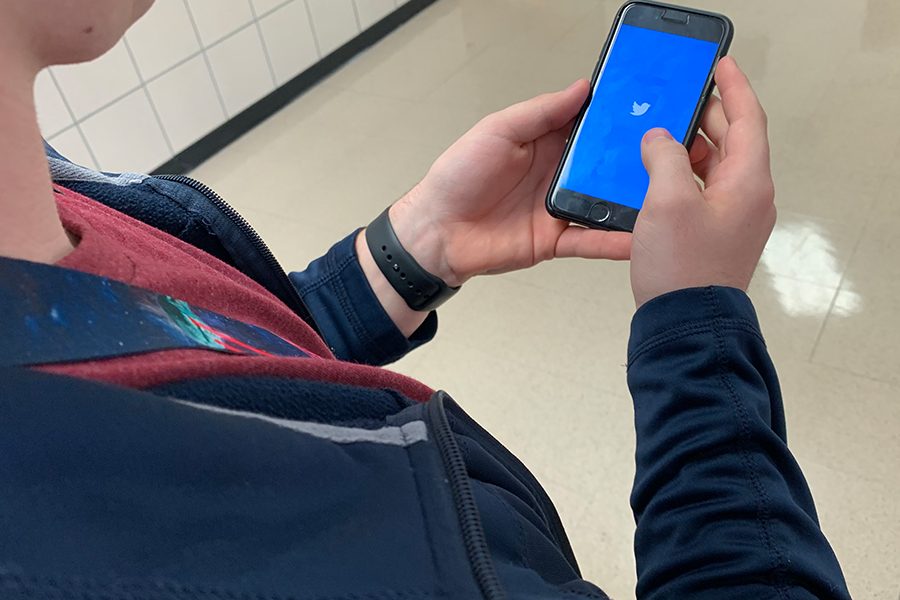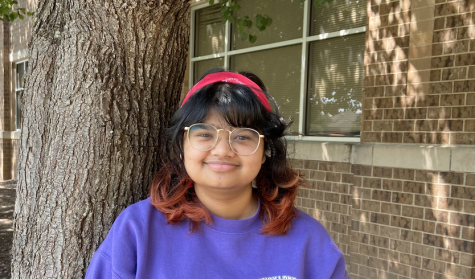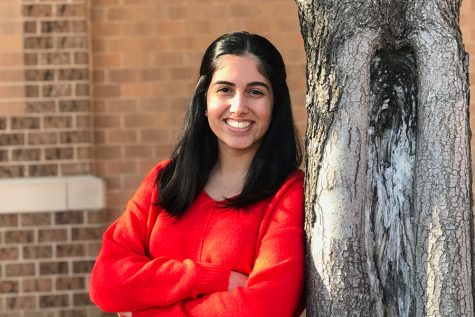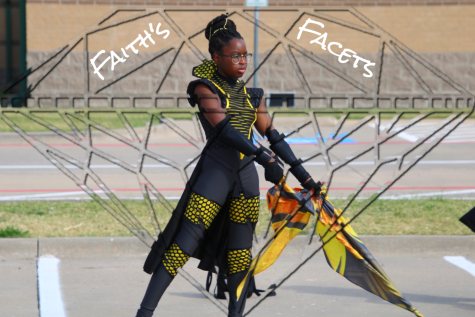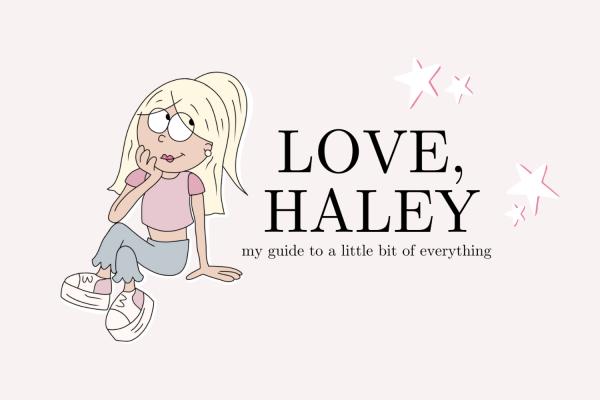Avoid the influence of influencers
Recently, Elon Musk brought Twitter for 44 million dollars, switching the company private. “Free speech is the bedrock of a functioning democracy, and Twitter is the digital town square where matters vital to the future of humanity are debated,” Musk said in a press release.
May 15, 2019
In the last few years there has been a steady rise in popularity for social media personalities such as Instagram models and YouTubers. These influencers, as they have been coined, are increasingly popular among younger demographics including teenagers and younger preteens.
The term “influencer” has come to withhold a great deal of power. These models, internet comedians, and seemingly normal people have used the relatable nature of social media to make a career out of capitalizing off of others. These people truly do have an enormous amount of influence, but how? Why do people feel the need to buy or do what an Instagram model or YouTuber tells them to?
This question has plagued me ever since the infamous Fyre Festival fiasco. The festival, which was marketed to be the “event of the decade”, solely relied on a couple dozen Instagram posts from famous models on the app and within 48 hours of these posts going up, the entire festival sold out.
When the first day of the festival came, it was revealed that the entire thing was a sham. Hundreds of people were left stranded on an island with barely any food or water, all because they saw Kendall Jenner posting a picture telling them to go . If they had done any research, they would have realised that the marketing pictures were all fake, and taken on a different island and in a different resort.
And this situation has happened so many times before Fyre and after. See what happened at YouTuber Tana Mongo’s failed TanaCon, or internet personality Emma Chamberlain’s merchandise scandal. In both situations hundreds of people were left either stranded in weird locations, or out hundreds, even thousands, of dollars.
These internet stars help paint and then further define an image of what it means to be cool, or trendy. They show their followers a picture and all their followers see are what they either want or think they should be.
And kids will do whatever they can to achieve that goal of becoming their favorite influencer. They’ll buy champion hoodies and airpods and Nike Air Force Ones. Or, they’ll start listening to Kim Kardashian and Kylie Jenner and buy toxic diet teas and appetite suppressant pills and tight waist trainers.
The thing about these influencers is that they’ve gained their power on such a personal level. Kids see Instagram and social media as a place where celebrities and internet stars go to be candid and relatable. The posts they see are right at their palm, not on a giant movie screen or a magazine cover. And this removes, or seems to remove, the disconnect that we used to have with famous people.
Social media has made everything so much more intimate and personal, and that’s why these stars have so much influence over younger kids and younger audiences.
When we discuss social media, we should start focusing on the reach these influencers have on children, and teach them that sometimes there is no difference between listening to the creepy old stranger we’ve already warned them about and the pretty, funny YouTuber with millions followers.



